Introduction of Pharmacology
- Pharmacology is the science of drugs (study of the drug).
- Drug is a chemical product that provides useful therapeutic effects.
- Before administration of drug, required knowledge about drug are
- Mode of action
- Toxicity and side effects
- Route of drug administration
- Drug doses
- Drug interaction with other drugs.
what is pharmacology?
- The “pharmacology” word derived from the Greek word
Pharmakon – Drugs
Logos – Study.
- It means pharmacology is a study of drugs.
- Father of pharmacology – Oswald schmiedeberg.
- Drugs are an important part of patient care.
Pharmacology is divide into
- Pharmacodynamic
- Pharmacokinetics
- Pharmacokinetic is derived from Greek word
Pharmakon – Drug
Kinetics – Movement
- It means Pharmacokinetic is a study of the drug movements.
- Pharmadynamic is derived from the Greek word
Pharmakon – Drug
Dynamics – power (effects)
- It means pharmacodynamics study of the drug effects.
what is pharmacology of a drug
What is Drug?
- Drug is a chemical substance or active ingredient that is present in dose form that is used for prevention, cure, diagnosis and treatment of a disease.
- French word of drug = Drogue (means – dry herb).
- Greek word of drug = Pharmakon.
- According to WHO – Drug is any substance or product that is used or intended to be used to modify or explore physiological systems or pathological states for the benefit of the recipient.
what are the sources of drugs?
Sources of drug – The drug is obtained from the plants, microbes, animals and mineral sources.
- Plants – Active constituents from the plants are divided into – Alkaloids, volatile oils, gums, glycosides, tannins resins etc.
- Alkaloids – It contains cyclic nitrogen.
eg :- Atropine drug – from atropa belladonna plant
Morphine drug – from papaver somniferum plant
Nicotine drug – from tobacco leaves
Quinine drug – from cinchona bark plant.
- Volatile oils – It is an essential oil containing the terpene hydrocarbon.
- Used in the carminatives drugs, antiseptic solution, pain relieving agents, flavouring agents etc.
- Gums – It is a secretory product of plants.
Gums are chemically related with polysaccharides. Eg :- Gum acacia.
- Glycosides – It is a combination of sugar with the other organic structure.
eg :- digoxin drug is obtained from the leaves of digitalis purpurea.
- Tannins – It is a non-nitrogenous phenolic derivative.
Eg :- Astringents (Action on mucous membrane).
- Resins – It is produced by the oxidation and polymerization of volatile oil that is insoluble in water.
eg :- Asafoetida.
- Micro – organism source – Bacteria and fungi is an essential source of antibiotics other drugs are produced by other micro – organism.
Eg :- Penicillin obtained from fungus penicillium chrysogenum.
Streptokinase obtained from gram positive cocci.
- Animal source – Some drugs are obtained from the animals.
Eg :- Vitamins, vaccine, hormones and sera.
- Some drugs examples
- Heparin from leech animal
- Insulin from sheep or pig pancreas
- Vitamin A from the liver of shark fish.
- Minerals source
Magnesium, iodine, aluminium, salt of iron, radioactive isotopes etc are minerals that are used to treat diseases.
Eg :- sodium bicarbonate used to treat antacids.
- Human source – Some drugs are available from the human source.
eg :- Growth hormone from pituitary gland.
Immunoglobulin from – Blood.
HCG hormone from – pregnant women.
Urokinase from – human renal cells.
Drug terminology
- Orphan drugs – That drugs are used for the rare disease.
eg :- sodium nitrate – for cyanide poisoning.
- Toxicology – It is the study of the poisons effects of drugs and other chemicals.
- Chemotherapy – Treatment of systemic infection and neoplasm by the use of chemical agents, is called chemotherapy.
- Pharmacy – Pharmacy is a science of compounding and dispensing of drugs.
- Pharmacotherapeutic – It deals with the uses of drugs in the treatment and prevention of disease.
- Clinical pharmacology – It is the study of drugs in the human, that include the pharmacodynamic and pharmacokinetics.
Drug nomenclature
- Each drug has 3 types of names
- Chemical name
- Generic name or non-proprietary name
- Trade or brand name or proprietary name
- Chemical name – These names are given based on the chemical constitution of drugs.
- Chemical names are difficult to learn, so they are not popular.
- Eg :- acetylsalicylic acid.
- Generic name – It is a non-proprietary name.
- The generic name of the drug is given by the United State adopted name council (VSAN).
- Generic name is a salt name, the name is easy to remember.
eg :- Aspirin.
- Brand or trade name – The name is given according to property of the drug manufacture.
eg :- Disprin.
Key Points
- French word of drug – Drogue
- Greek word of drug – Pharmakon
- Atropine drug is obtained from – Atropa belladonna plant
- Morphine drug is obtained from – Papaver somniferum plant
- Which microorganism is an essential source of antibiotics – Bacteria and fungi
- Which drugs are used for the rare disease – Orphan
- Study of the poisons effect of drugs – Toxicology
- Which drug is useful to treat cancer – Chemotherapy
Route of drug administration
Routes of drug administration
- Drugs may be applied locally or systemically.
- Route of drug administration depends upon the nature of the drug and the patient.
Local Application
↓
Drug retain in the Particular area, where is applied
↓
Result – effect only a Particular area where systemically is applied
Systemic application
↓
The drug is absorbed systemically
↓
Drug is circulate
↓
Show the Systemic effect (In the whole body).
Local route of drug administration –
This route can only be used for the localised action.
- Local routes are – Topical, deeper tissue, arterial supply.
-
Topical
-
- It is a simplest mode of drug administration, on the skin and mucous membrane, where the action of drug is localised to the area of application.
- eg :- Lotion, cream, ointment, vaginal cream, jelly, gargles, nasal spray, eye ear or nose drop, mouth wash etc.
-
Deeper tissue –
-
- Some drugs are injected into deep tissues by use of needle syringes for the localisation.
- eg :- intra articular injection
- Lignocaine injection.
-
Arterial supply
-
- Some drugs are injected into arteries for localised action.
- eg :- anticancer drugs
- Angiography.
Systemic route of drug administration
- Drugs absorb systemically and show systemic effects.
-
Oral route –
- Oral route is the most common and oldest method of drug administration.
-
- The drug is ingestion through the oral cavity.
- Oral route drugs are – Tablet, capsule, syrup, powder drug etc.
-
Advantage
- Most safest route
- Easy to administer drug
- The route allow to self-medication
- No need of privacy and sterility
- Most economical and convenient route
- Painless route
- No need for assistance to administer drugs.
-
Disadvantage
- Not suitable for unconscious patients and if patients cause vomiting.
- Not suitable in case of emergency because of slow effects.
- Some drugs are not effective in the GI tract, because they are destroyed by gastric juice. Eg:- Insulin.
-
Sublingual route –
- In these routes, drugs are placed under the tongue.
- These routes cause fast action of drugs so used in the emergency.
- Only lipid soluble drugs are suitable for these routes.
Eg :- Nitroglycerin drugs.
-
Rectal route –
- Some drugs are administered rectally, that are absorbed into the bloodstream and cause systemic effects.
eg :- Suppositories, diazepam, indomethacin, enema.
-
Advantage
- Used in vomiting patient
- Avoid the gastric irritation
- Administer the irritated and unpleasant drugs.
- Disadvantage
- Irregular, slow and unpredictable absorption of drugs.
- Inconvenient route
- Some irritating drugs cause inflammation.
-
Nasal route –
- Some drugs are placed in the nasal cavity that is absorbed by the mucous membrane of the nose. Eg :- Desmopressin.
-
Inhalation route –
- Some drugs are administered with inspiration. Volatile liquids and gases are administered through inhalation.
eg :- general anaesthetics drug – Nitrous oxide.
- The drugs are administered through actively and passively.
- The drug inhales actively through rotacap and metered dose inhaler (MDI).
- Drugs inhale passively through nebulization.
- Cutaneous route – Drugs are applied on the skin, in the form of adhesive patch.
- These routes use highly lipid soluble drugs.
eg :- pantanil 200 mg (as an analgesic).
- Parenteral route
- The route is administration of drugs by use of injection directly into the blood, or tissue fluid without crossing the intestinal mucosa.
- The parenteral means
Par = beyond
Enteral = intestinal.
- The route is suitable for unconscious or uncooperative patients, and causes rapid action.
-
Advantage
- Small dose is more efficient.
- Useful in the emergency situation.
- Provide the accurate drug concentration.
- Large volumes of drugs are increased for a longer period.
-
Disadvantage
- Self-medication is difficult.
- Less safe and inconvenient.
- It is a more expensive route, and painful.
- The route requires strict aseptic measures.
- Parenteral routes are – IM, IV, subcutaneous, ID.
- Intramuscular (IM) route – Some drugs are injected in the large skeletal muscles.
eg :- deltoid, gluteus maximus, triceps, and rectus femoris muscles.
- IM route is the most common parenteral route.
- 2 ml drug injection in deltoid muscles and 5 ml drug in gluteus Maximus muscles by injection.
- IM route is a high vascular route compared to subcutaneous route.
- Mild to moderate irritable drugs can be injected in these routes.
- Anticoagulant drugs are avoided in IM routes because they cause hematoma.
- Intravenous route – In these routes, drugs are directly injected into a vein.
- No drug limit of administration.
- Clear emulsion solution should be administered.
- IV fluid administered into 2 forms – Bolus and infusion.
- Fast single time push the IV fluid by needle and syringe, is called bolus.
- Infusion maintains the constant plasma level of the drug.
- IV infusion done into small amounts and large amounts.
- Small volume of IV fluid up to 100 ml and large volume include 1000 ml.
- Highly irritating drugs can be administered in these routes.
- Intradermal – Injection is inserted into the dermis layer for drug administration.
- The route is useful for vaccination and allergic sensitive test (AST).
- The route allows – 0.1 ml only.
- Subcutaneous – The drugs are injected into the subcutaneous tissue of skin.
eg :- insulin injection.
- Amount of drug – up to 1 ml.
- Angle – 15 – 45° and use the 26 – 30 G needle size.
- The route is self-injectable, because deep penetration is not required.
eg :- adrenaline, lignocaine, Morphine, insulin.
Principle of drug administration
8 principles of drug administration
- Nurses are accountable for the safe administration of drugs.
- Nurses follow the right of drug administration.
- Five right of drug are
- Right patient
- Right dose
- Right time
- Right route
- Right drug.
Drug doses forms
- Drugs are designed, based upon the route of drug administration.
- Drugs are usually divided into solid and liquid forms.
- Solid forms of drug include – capsule, granules, tablets, suppositories, powders, insufflations etc.
- Semi solid forms of drug include – drops, gel, syrups, emulsions, enema, creams, tinctures, lotions, ointment, paints, paste, gargles, mouthwash, mixtures etc.
- Inhalation form of drug is – sprays, aerosols, nebulizers, inhalants, spacers etc.
Tablets form of drugs are – Tablets are different according to shape, size and uses.
- Soluble tablet
- Film coated tablet
- Uncoated tablet
- Enteric coated tablet
- Sublingual tablets
- Chewable tablet
- Scored tablet
- Retard tablet
- Sugar coated tablets
- Implants tablet.
Key Points
- Most common and oldest route of drug administration – Oral route
- Most common parenteral route – IM route
- Deltoid muscles injectable drug amount – 2 ml
- Gluteus Maximus muscle injectable drug amount – Up to 5 ml
- Drug directly injected in the vein by which route – Intravenous route
- Which route passes the highly irritable drugs – IV route
- Insulin injection administered through – Subcutaneous route
- Self-injectable parenteral route – Subcutaneous route
- Before drug administration, nurses follow – 5 rights of drugs
- Brand name of aspirin – Disprin
If any quary related to this post please comment me.
Comment for any type of correction and Updates in the Data.
Read also …….




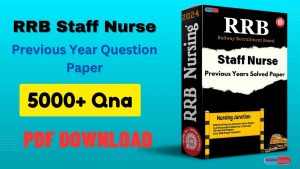


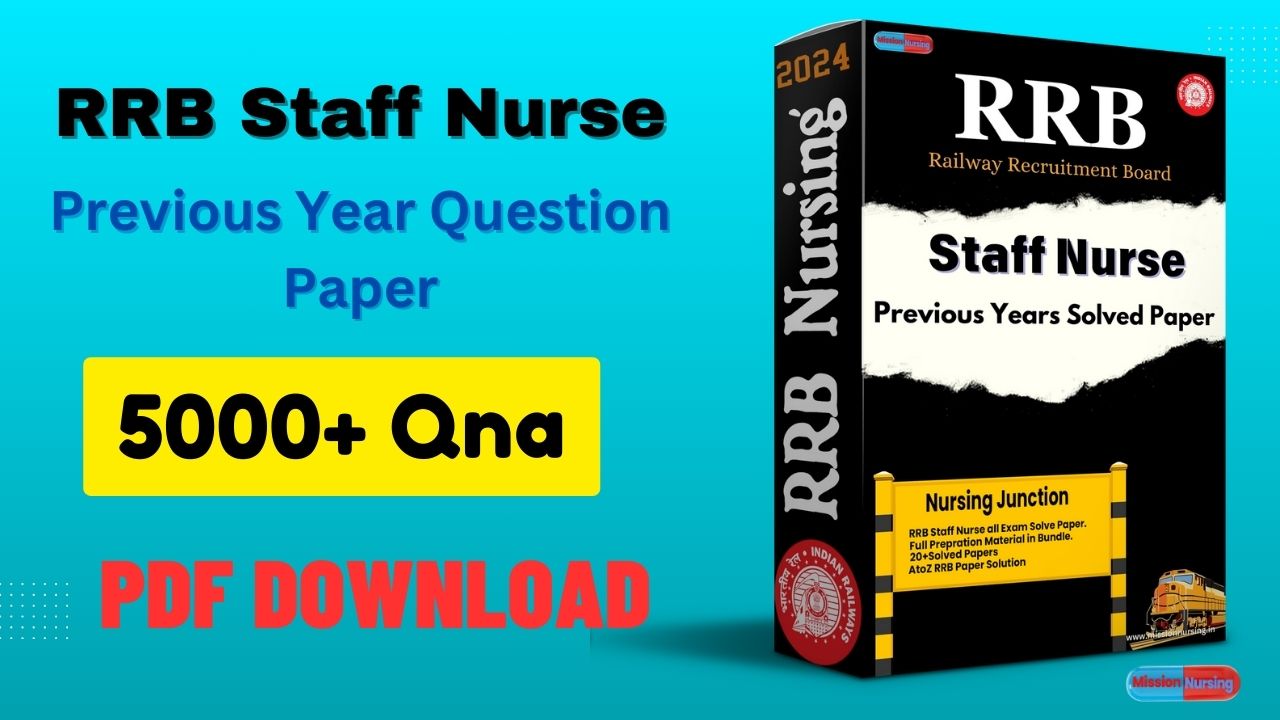
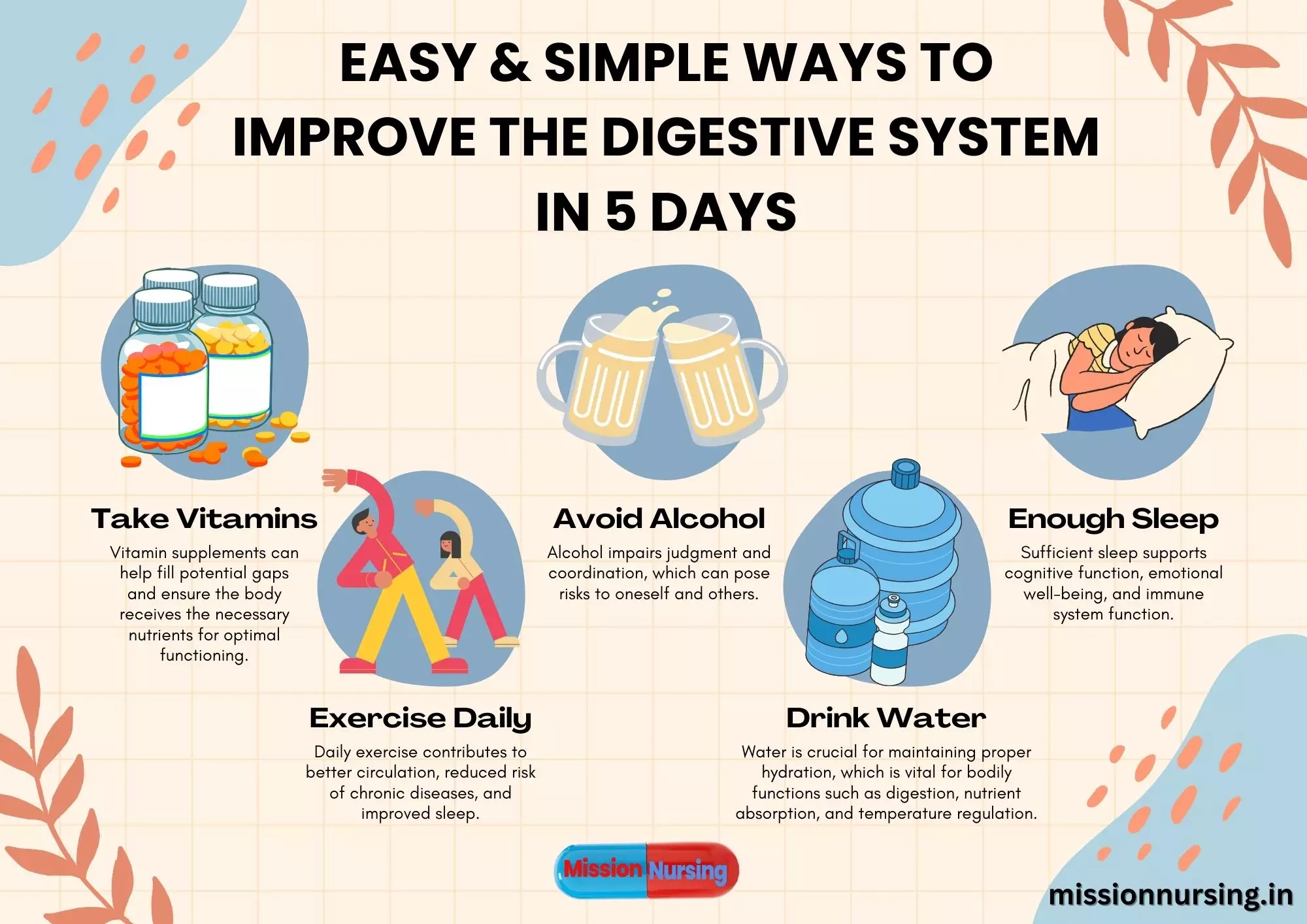

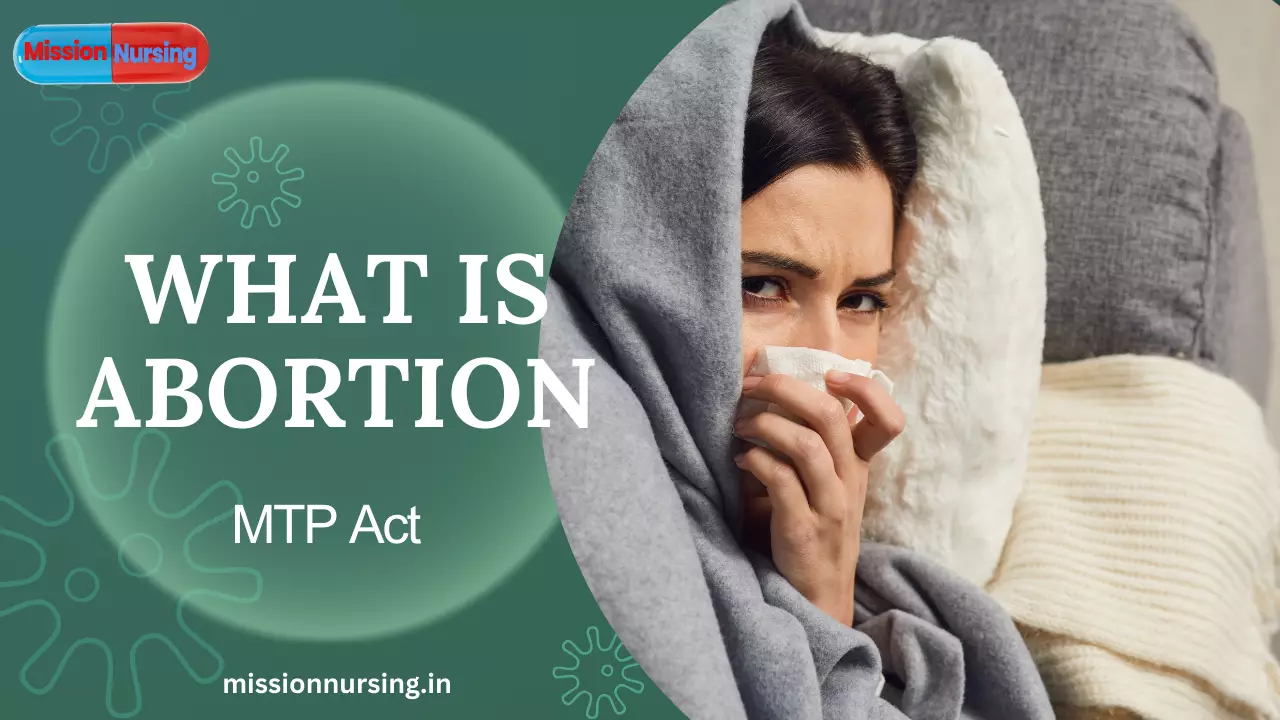
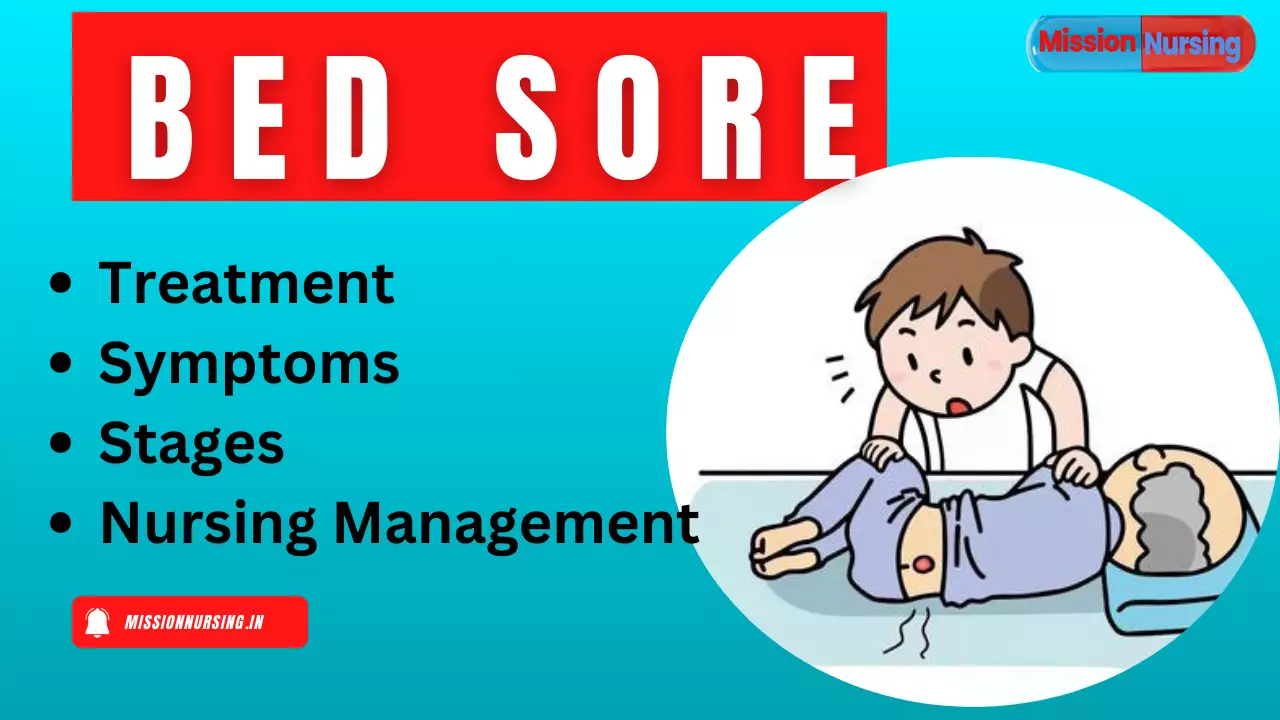

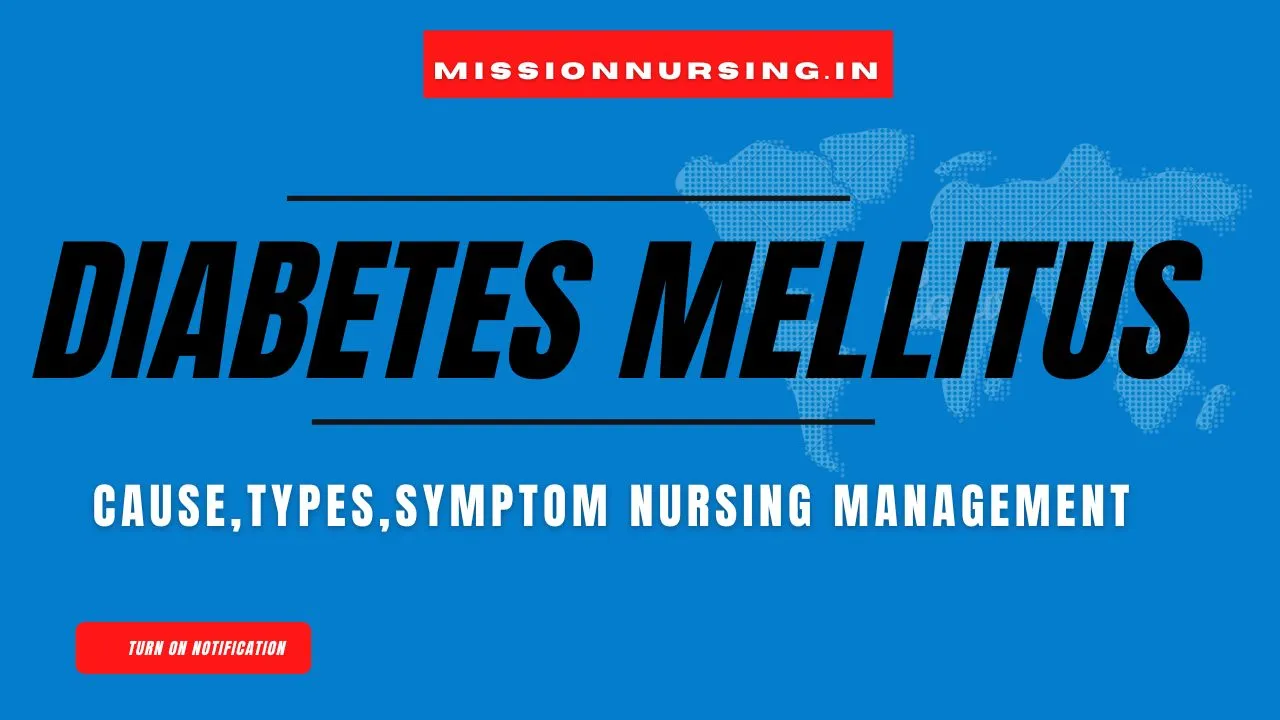


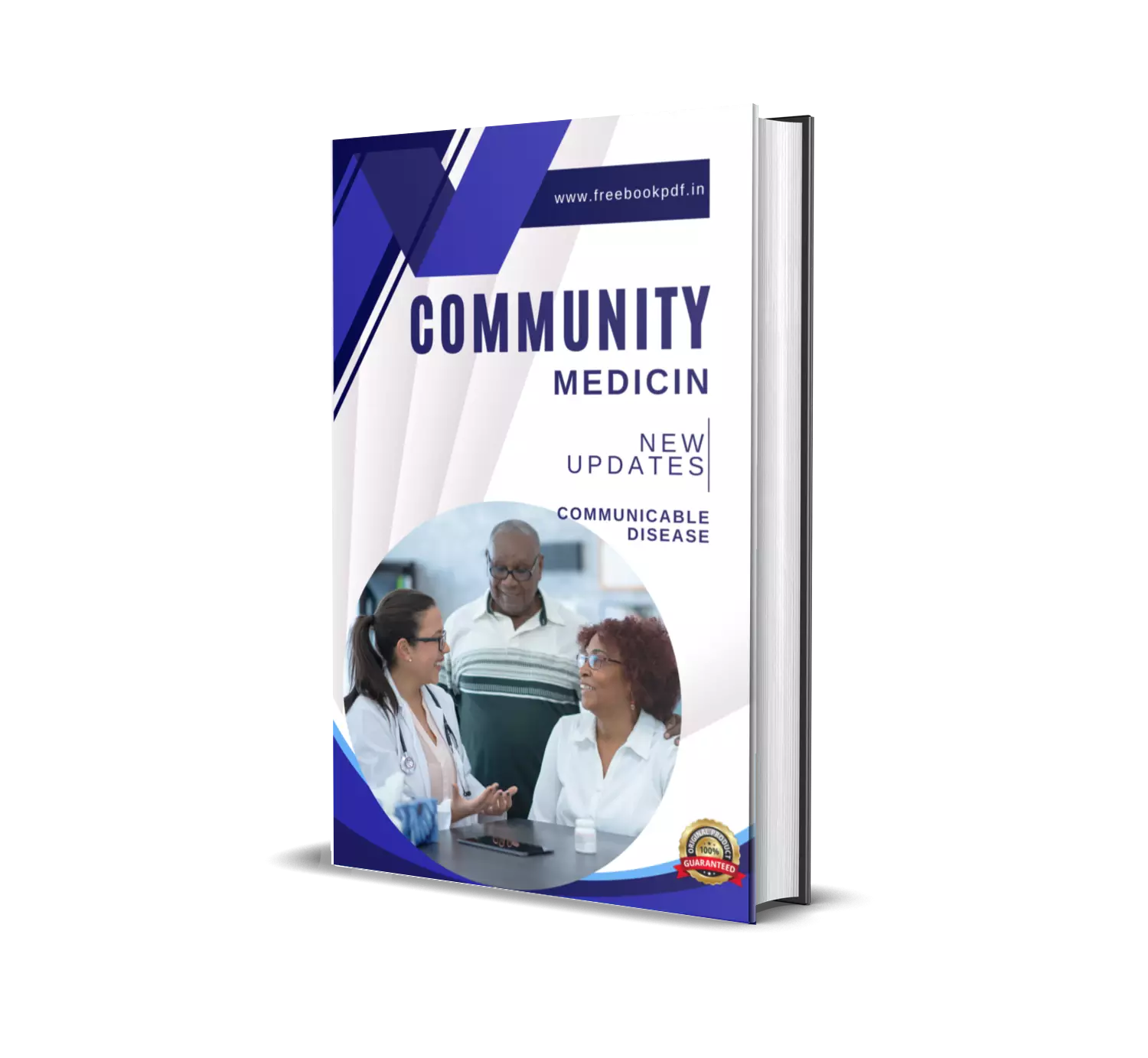
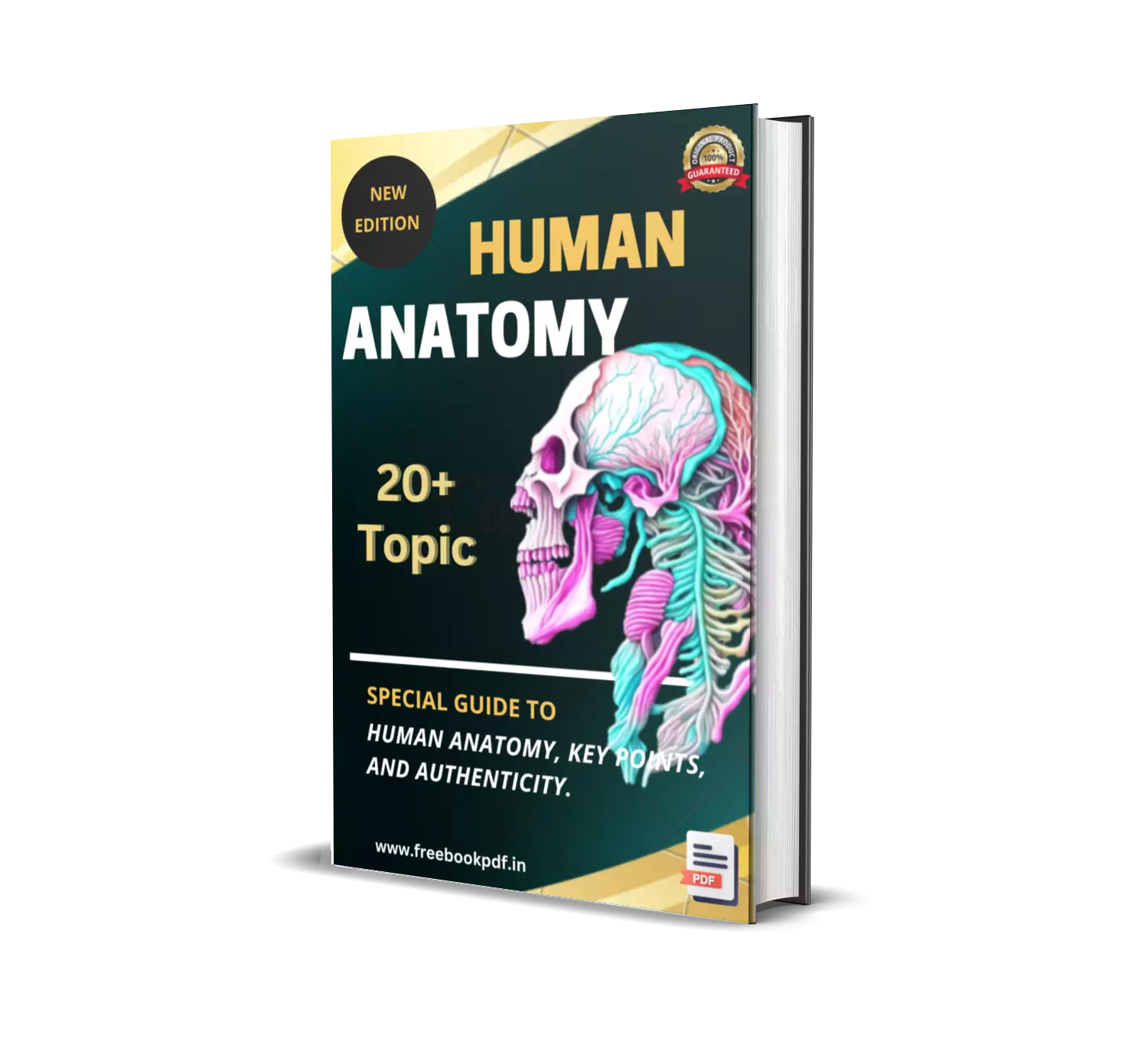
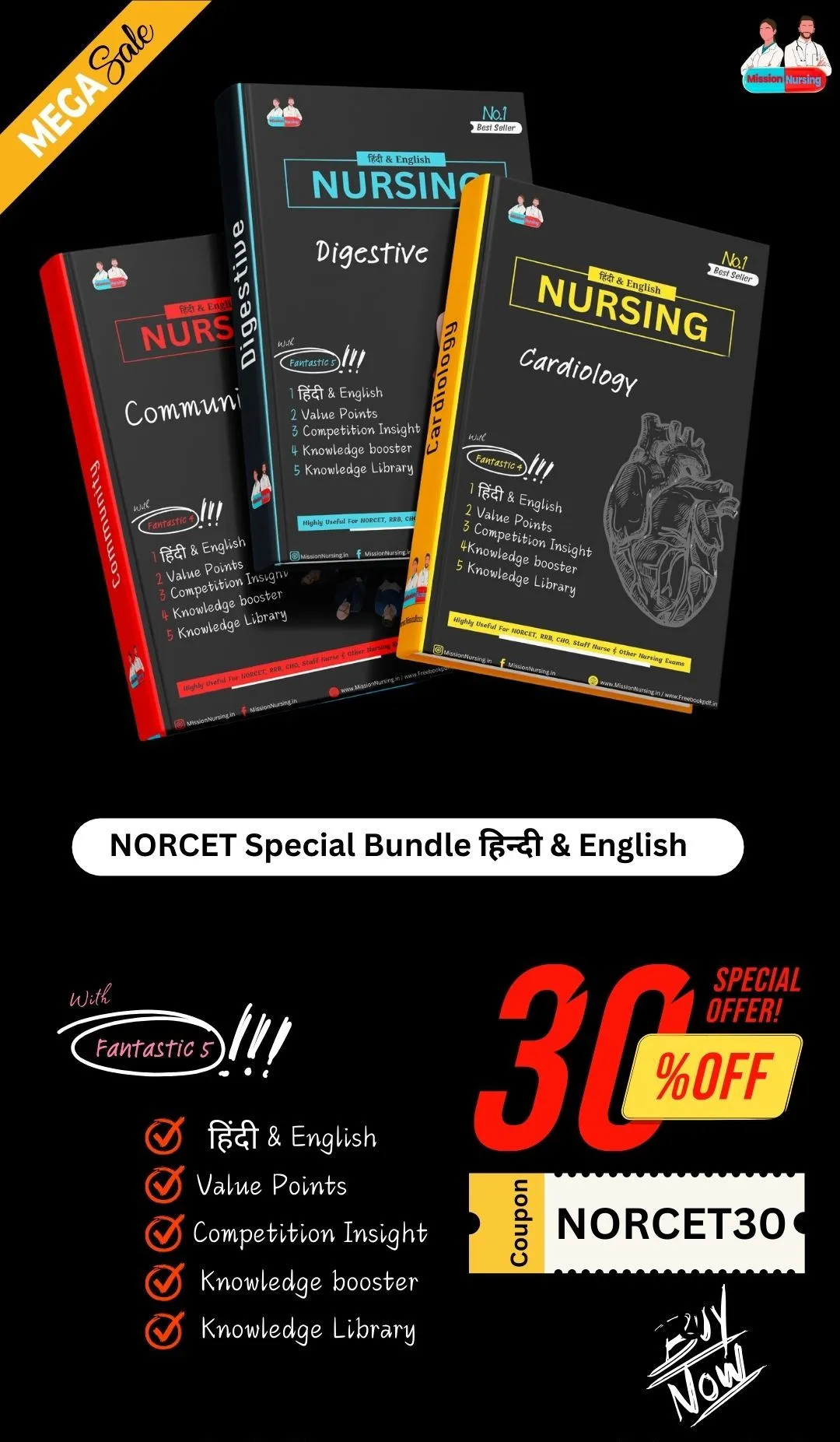

1 thought on “Introduction of Pharmacology”